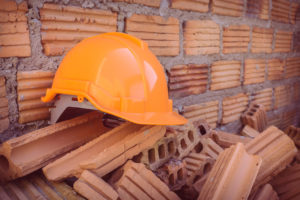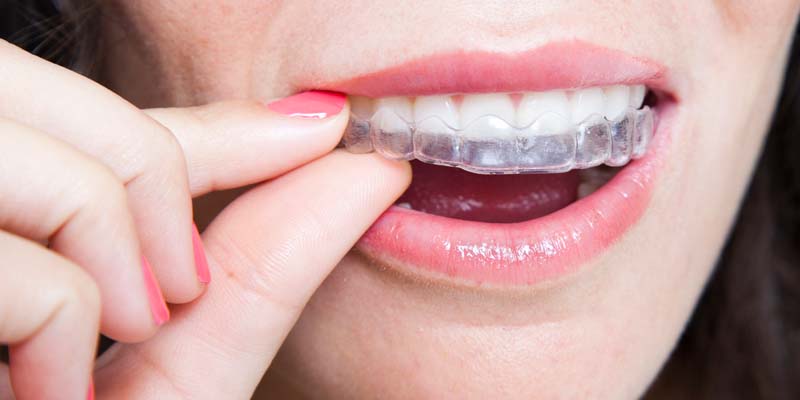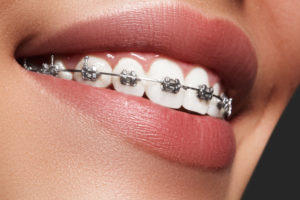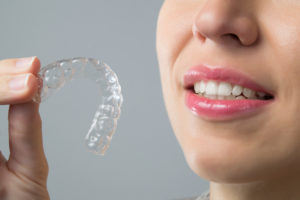When the anode is positive concerning the cathode
This Blog was posted for you By Electricians San Antonio – Good Electric
When the anode is positive concerning the cathode, there are different methods to turn ON the thyristor.
1. Forward voltage triggering
2. Gate triggering
3. DV/DT triggering
5. Light triggering.
1. Forward voltage triggering:
When the positive of the supply is connected to the anode, and the negative of the supply is connected to the cathode, J1 and J3 are forward biased, and J2 is reverse biased, as described in the above section. Suppose the forward voltage, the supply voltage, is increased. In that case, the temperature increases, and electron-hole pairs are created, which leads to avalanche breakdown, which leads to the breakage of the barrier and large current flows in forward direction. So the thyristor comes into conduction in this way due to avalanche breakdown. The voltage at which breakage of the junction takes place is called forward break-over voltage (VBO). At VBO, thyristor comes from off-state to ON-state. It acts as an open circuit in the off state, so the voltage is high, and the current is less in the ON state. It acts as a short circuit, so the voltage is less, and the current is high. But generally, this method is not preferred. The device can bear only the VBO voltage if the applied voltage exceeds VBO it damages because of an increase in temperature and breakdown of the barrier, i.e., reverses biased junction and flow of a large amount of current. So the final voltage rating of the thyristor is considered VBO.More here: Residential Electricians in San Antonio
2. Gate triggering:
When the anode is connected to the positive terminal of the supply and the cathode to the negative terminal of the supply whose value is less than VBO, and when the supply is given to the gate through Es, then more electrons from the outer N layer reach the inner P layer since current flows from inner P layer to outer N layer (convectional current direction is opposite to direct the flow of electrons), and also outer N layer is heavily doped compared to the inner player. Hence, as a result, the inner P becomes more positive than the inner N layer, so the potential barrier at J2 decreases. As a result, the reverse-biased junction breaks at less than the breakdown voltage VBO. The voltage at which the thyristor will turn on depends on the current flowing from the gate to the cathode. As the current flow from the anode to the cathode increases, the voltage at which the thyristor turns on decreases. Once the thyristor comes into the ON state, and the supply to the gate is removed, then also thyristor will be in the ON state. See more here about Residential Electricians San Antonio
LATCHING CURRENT: Gate supply can be removed only after a significant anode current is reached; if we remove the gate supply, then the thyristor will remain in the OFF state only. So the minimum anode current above which the thyristor will remain in an ON state even if the gate signal is removed is called a latching current.
HOLDING CURRENT: Once the thyristor starts, the conducting gate will lose control, so to turn OFF the thyristor, the anode current must be reduced below a low-level value called holding current then, only the thyristor will turn OFF.
Generally, latching current is more than holding current.
3. DV/DT triggering:
It is an internally developed mechanism. When the SCR is in forward blocking state, J2 behaves as a capacitor due to charges existing across the junction. It is clearly understood from the figure given below. When the switch is open, then V1=0 if it is closed, then V1=100 and if we consider dt=1ms
Cj=1uf
i=Cdv/dt
=1*10-6 *(100-0/10-3)
=0.1=100ma.
If this current is more than the rated gate current of SCR, then SCR starts conducting. While applying the forward voltage, SCR will start conducting sometimes without giving a trigger pulse. The junction capacitance is subjected to the voltage change rate (DV/DT), which results in a charging current (I=C*dv/dt). If this current is more than the thyristor conducts (due to the availability of free charges inJ2), the breakdown of J2 takes place due to an increase in the voltage change rate, so the charging current flows. This is not applicable because we cannot have exact control over thyristor turn-on time. So I must be 0, but it is practically impossible, so we must maintain a low DV/DT value. If the voltage change rate is high, then SCR will turn on even when the voltage across the device is small.
4. Temperature triggering:
When SCR is in forward blocking mode, then supply voltage is applied across it whose voltage is less than VBO, some forward leakage current will occur so junction temperature increases if we can supply more temperature at this stage, then break down takes place at a voltage below VBO that is at supply voltage only because the increase in temperature leads to the formation of electron-hole pairs and SCR will start conducting.
5. Light triggering:
For light triggering of SCR, a recess is made in the inner P layer, as shown in the figure. Then a light of appropriate wavelength is irradiated on it. So electrons are ejected from this layer due to the photoelectric effect, and the thyristor will be in conduction due to the availability of free electrons in reverse-biased J2. A LASCR will have a light source, gate supply, or both. If both are present, the Es voltage is applied to the gate at a voltage less than the voltage required to turn on the thyristor, and light is irradiated on it so the thyristor will turn ON at less gate voltage. The higher the voltage applied to the gate and cathode lowers the light intensity required.
In the above various TURN-ON methods of Thyristor or SCR, we prefer to use gate triggering to turn on the thyristor.
Extra Point :
The main difference between forward voltage triggering and DV/DT triggering is that the direct supply voltage is applied without any switch in forward voltage triggering. The applied voltage is gradually increased above VBO. Conduction occurs due to avalanche breakdown, but in DV/DT, triggering control is used, so the voltage change rate occurs, and the thyristor turns on due to the charging current(if it is more than the rated current of SCR).
More great blogs about our Electricians here:
https://www.ktalkam1340.com/choosing-lighting-controls-for-your-outdoor-lights/
https://www.y100savannah.com/a-guide-to-plan-your-outdoor-lighting-project/
https://www.sunny103fm.com/enhance-your-outdoor-space-with-landscape-lights/
https://www.hotcountry1077.com/how-can-i-install-outdoor-wall-lights/
https://www.viva1160.com/top-must-know-tips-to-improve-your-outdoor-lighting-areas/
https://www.upn28tv.com/why-do-you-need-a-commercial-electrician/
https://www.thenewtonrecord.com/finding-the-right-electrician/
https://www.cubcountry945.com/key-differences-between-licensed-and-non-licensed-electricians/
https://www.radiofreeohio.org/how-to-identify-faulty-electrical-wiring-in-your-home/
https://www.realamericancountry987.com/electrical-services-ensure-the-safety-of-your-home/





